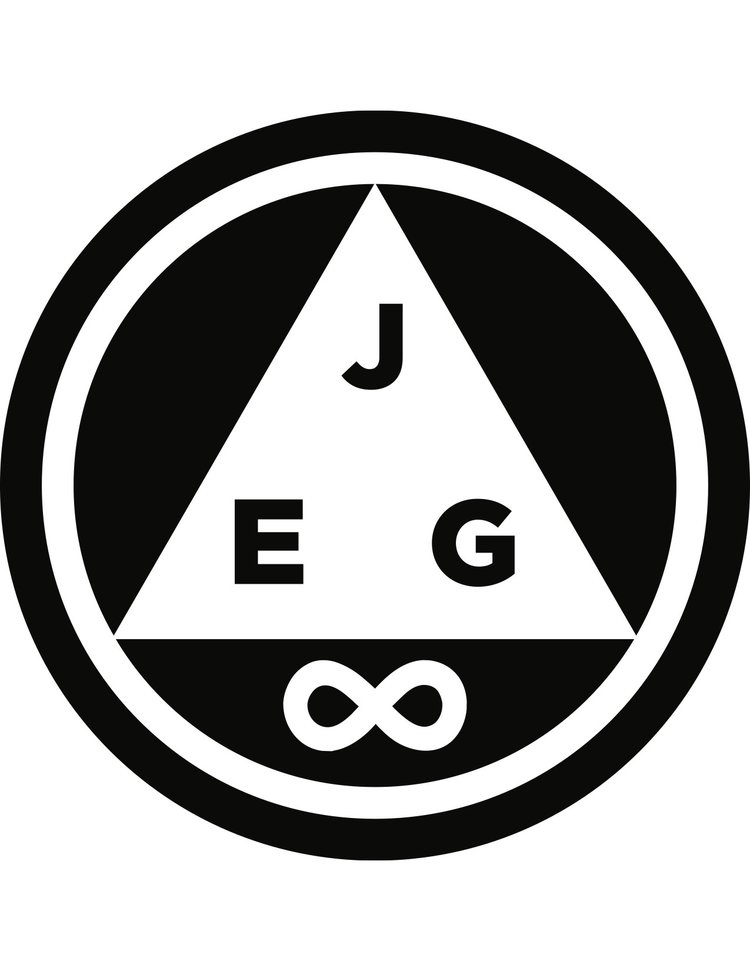This piece was inspired by a dream in which the femme trickster showed up, accompanied by ripe mangoes and embodied by twin raccoons. I played around with some of her imagery in this photoshoot. Enjoy!
The Vamp is the femme trickster who slips in through the back door and turns the patriarchy on his head. The Vamp is any age, from very young to very old. In fact, she especially glories in her powers of seduction as she reaches the upper echelons of age, for the sleeper surprise of her allure is part of her modus operandi. She inherently operates throughout all ages, see, because one of her primary functions is that she seduces across the lines of patriarchal normalcy. The Vamp exists in all gendered and ungendered spaces – I say “she” but I refer only to her unexpectedly radical feminine energy. This energy exists across all strata of identity. Her signature move is a surprising and “fated-feeling” seduction with the secret but primary aim of revolution. And when the seduction is complete, those outdated, rotting and backwards patriarchal energies are cut off at the knees and left to reflect on the clear mirrors of their own inadequacy. They crumble from within.
The Vamp isn’t really the “Bad Woman” who seduces the upright, moral man. That tired trope stems directly from masculine fear itself. She isn’t the sinister femme in the portraits the patriarchy has painted of her. She will merrily become sinister if it suits her purposes, but there’s always a subtext. The Vamp pretends to play by the rules (both bad and good), even as she subverts them. However, her targets are inevitably attracted, almost with a sixth sense, to the hint of insubordination they perceive. One could even say that the tired parts of the patriarchal structure covertly seek her out, wanting a way to blow up their own stagnant toxicity without having to take the blame themselves. True to the way of the Trickster, the Vamp is ethically unethical, or, as they say about Mercury, the Roman incarnation of the Trickster archetype, “good with the good and bad with the bad.” In patriarchal constructs, The Vamp is often pitted against the archetypal Wholesome Housewife – but in reality, the Vamp is the disrupter who empowers the Wholesome Housewife and high-fives her as she pushes back against the toxic masculinity that has made her weak and subservient. The Vamp slinks away with a wink as Wholesome Housewife asserts her right to equal treatment and compensation for her unpaid labor.
The Vamp is the archetypal “one who got away” – but as she did, she burned her lesson deep into the heart of her wayward lover. And she did it not for herself, but for the benefit of their next partner, and the one after that. The Vamp’s work is not self-serving – it’s for future generations of femmes. She may allow her body to be borrowed (and knows how to take her own pleasure here) for the greater good, which means for the overthrow of the patriarchy. She’s willing to do this, because she knows that if she stays wise, she’ll never lose her power. The Trickster has usually been portrayed as a masculine archetype, but I believe the feminine Trickster has always been a part of our archetypal pantheon. It’s just that the way she has been portrayed (by the masculine) is as a scapegoat for the failed masculine itself. She uses the tools she has – her sexuality, sensuality, aloofness and allure – to upend outdated, sick patriarchal structures within our psyches and in society. There is very little written about her because it is difficult to see her for what she is through the lens of masculine vision. To see her clearly, we need to shake off the shackles of male power structures. Only then do we realize that she has been there all along, laughing at us from the shadows.









